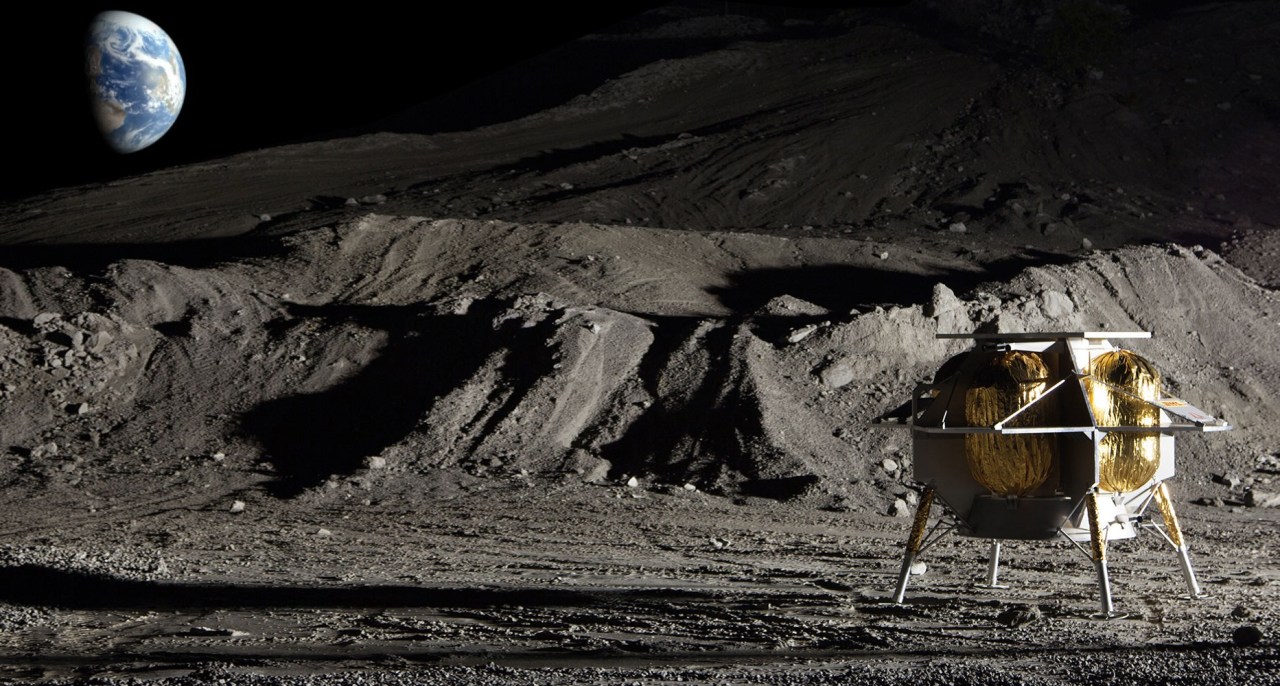The excitement surrounding the Artemis mission is palpable as NASA gears up to return humans to the Moon by 2024. With this ambitious goal in mind, the organization has strategically selected twelve groundbreaking science and technology projects aimed at exploring the lunar surface. This initiative marks a pivotal shift towards collaboration with private companies, reflecting a growing trend of commercial partnerships in space exploration. Let’s take a closer look at these projects and the potential impact they may have on our understanding of the Moon.
Commercial Lunar Payload Services: A Shift in Strategy
NASA’s selection of these twelve projects is a notable aspect of its Commercial Lunar Payload Services (CLPS) program. This initiative encourages private enterprises to contribute innovative solutions to lunar exploration, reducing overall costs and development times. By capitalizing on existing technologies rather than developing everything in-house, NASA can leverage the expertise of private companies, fostering a collaborative environment that paves the way for future exploration.
Meet the MoonRanger: An Autonomous Rover
Among the exciting projects is the MoonRanger, developed by Astrobotic in partnership with Carnegie Mellon University. This 13 kg rover is equipped with advanced autonomous capabilities, allowing it to navigate and map the lunar landscape without constant input from Earth. According to Red Whittaker, a veteran rover engineer, the MoonRanger showcases an enabling capability for both NASA and commercial missions, representing a significant transition in lunar exploration technology.
- Autonomous Traversal: The rover plans to operate within a half-mile radius of its base, producing detailed 3D maps of the lunar surface.
- Real-Time Surveys: With the anticipated ability to operate independently, MoonRanger can gather essential data without delays associated with ground control.
Innovative Imagery with Heimdall
Another fascinating project is the Heimdall camera system, developed by the Planetary Science Institute. Designed to capture high-resolution imagery during the lander’s descent, this camera will provide unprecedented insights into the lunar regolith—critical for future human landings. R. Aileen Yingst’s team aims to gather data on how landing plumes behave, which is vital for ensuring the safety of subsequent missions. Such high-definition imagery not only enhances our understanding of the Moon’s surface but also aids in the design of effective landing systems.
Dealing with Lunar Regolith: Key Projects to Monitor
The natural Moon dust, known as regolith, presents various challenges for future lunar habitats and missions. Several selected projects focus on the characteristics and behavior of this material:
- PlanetVac: This technology will allow for direct collection and testing of regolith materials at landing sites, providing real-time data about soil composition.
- Regolith Adherence Characterization: This project aims to understand how lunar dust sticks to various materials, vital for the design of equipment that can operate effectively on the Moon.
Advancing Radiation-Tolerant Technologies
Lunar exploration entails many hazards, including exposure to harmful radiation. Projects like Brock LaMere’s development of radiation-tolerant computers aim to make lunar technology more robust. LaMere’s work has been previously tested aboard the International Space Station, and now, NASA funding allows for further testing directly on the lunar surface. The effectiveness of these computers is crucial, as they will be relied upon in life-supporting missions.
Conclusion: A Future Paved with Innovation
The twelve selected projects signal a new era in lunar exploration, characterized by inventive partnerships and advanced technologies. As we prepare to step once again onto the lunar surface, these initiatives will not only enhance our understanding of the Moon but also inform the design of future missions intended to establish a sustainable human presence. Each project offers us new knowledge and insights, reinforcing the critical role of both NASA and the commercial sector in driving space exploration forward.
At fxis.ai, we believe that such advancements are crucial for the future of AI, as they enable more comprehensive and effective solutions. Our team is continually exploring new methodologies to push the envelope in artificial intelligence, ensuring that our clients benefit from the latest technological innovations. For more insights, updates, or to collaborate on AI development projects, stay connected with fxis.ai.

